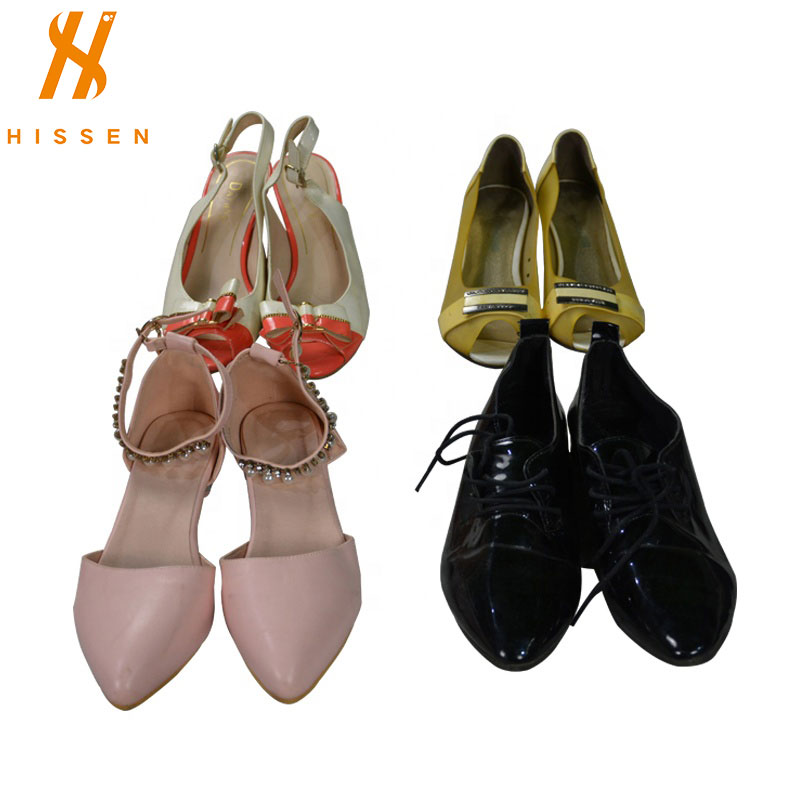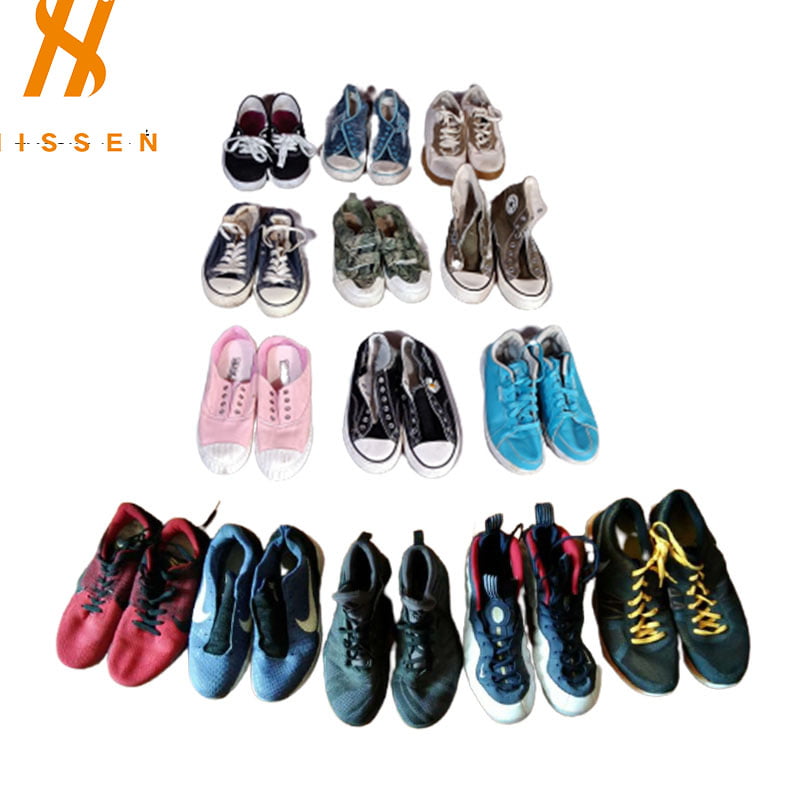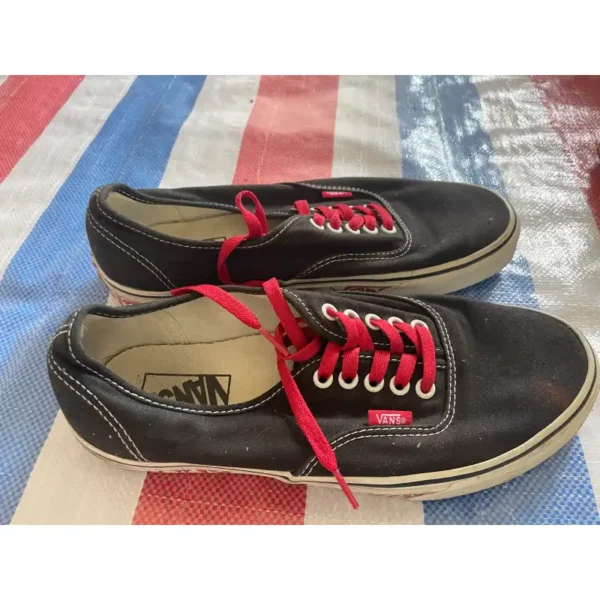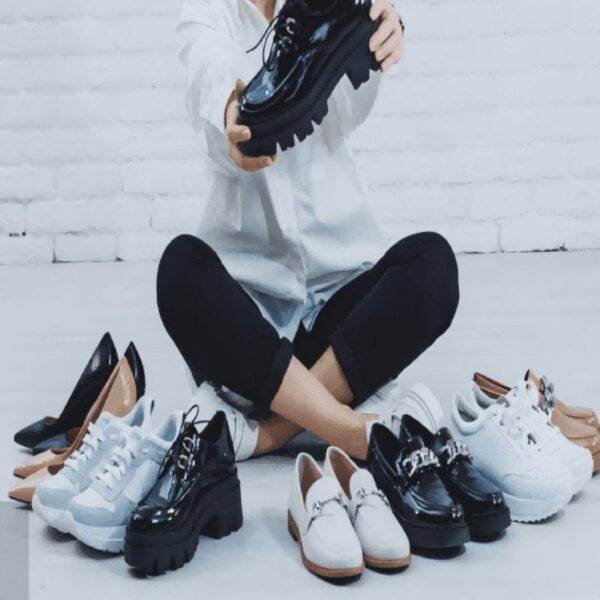In recent years, with the increase of environmental awareness and the change of consumption concepts, the 2nd hand shoes market has ushered in unprecedented growth. However, similar to the new product market, the sales of pre owned shoes also show significant seasonal characteristics. Understanding these trends will not only help consumers buy their favorite shoes at the best price, but also help sellers sell them at the best time to maximize profits. This article will deeply analyze the seasonal patterns of the second-hand shoe market and explore the driving factors behind it.
Ⅰ. Winter: Demand for High-Priced Shoes Surges, Maximizing Wholesale Profits
Winter is the golden period for 2nd hand shoes foreign trade wholesale, especially the European and American markets have a sharp increase in demand for warm shoes (such as snow boots, work boots, and leather boots). Due to the higher unit price of winter shoes, wholesalers can obtain higher profit returns during this period.
1. Key Market Trends
– European and American countries have strong consumption during Christmas and New Year, and second hand shoes wholesale orders have increased by 30%-50%.
– High-premium shoes (such as Timberland, UGG, and Dr. Martens) circulate quickly in the second hand market and are suitable for bulk purchases and high-priced resale.
2. Procurement Suggestions
– Prepare goods 3-4 months in advance (September-October) to ensure sufficient inventory.
– Focus on high-end brand shoes with relatively new quality to meet the quality requirements of B-end customers.
Ⅱ. Spring: The Best Time to Purchase Seasonal Clearance and Mid- and Low-End Shoes
Spring is a transitional period in the 2nd hand shoes market. The demand for winter shoes decreases, but wholesalers can take this opportunity to purchase inventory at a low price to prepare for sales in the second half of the year.
1. Key Market Trends
– In March-April, European and American retailers began to clear winter inventory, and the wholesale price of second-hand shoes fell by 10%-15%.
– Demand for sports shoes (such as Nike, Adidas) and casual shoes has rebounded, suitable for sales to Southeast Asian and African markets.
2. Procurement Suggestions
– Take advantage of the low price period to purchase winter shoes in bulk and store them until the next winter.
– Focus on popular spring shoes (such as canvas shoes and white shoes) to meet the needs of emerging markets.

Ⅲ. Summer: Sandals and Affordable Shoes Dominate, Wholesale Volume is Stable but Profit is Low
Summer is the off-season for foreign trade wholesale of 2nd hand shoes. The demand for high-priced shoes decreases, but sandals, slippers and affordable sports shoes still have a certain market.
1. Key Market Trends
– The demand for second-hand sandals and beach shoes in the European and American markets has increased, but the wholesale profit is relatively thin.
– Due to the hot climate in Africa and Southeast Asia, the demand for breathable shoes (such as mesh sports shoes) is stable throughout the year.
2. Procurement Suggestions
– Mainly promote a low-price and high-volume strategy, targeting B2B customers (such as local shoe dealers and small retailers).
– The purchase of high-end shoes can be appropriately reduced to avoid inventory backlogs.
Ⅳ. Autumn : Demand for Boots and Shoes Picks Up, Preparing for the Winter Sales Peak

Since September, the global 2nd hand shoes wholesale market has begun to pick up, and the demand for boots and work shoes has gradually increased. Wholesalers should plan winter inventory in advance.
1. Key Market Trends
– From September to October, European and American wholesalers began to stock up, and the order volume of boots (such as Chelsea boots and Martin boots) increased.
– In November, the “Black Friday” and “Cyber Monday” promotions prompted B-end customers to increase their purchases.
2. Procurement Suggestions
– Increase the purchase of autumn and winter shoes, especially brand shoes with relatively new colors (such as Red Wing and Clarks).
– Establish long-term cooperation with overseas distributors to ensure stable orders during the peak season.
Ⅴ. Key Factors Affecting the Seasonal Trend of Foreign Trade Wholesale of 2nd Hand Shoes
1. Differences in International Market Demand
– European and American markets: high-priced shoes are in high demand in winter, and sandals are preferred in summer.
– African market: lightweight and breathable shoes are preferred throughout the year, and price sensitivity is high.
– Southeast Asian market: demand for sports shoes and casual shoes is stable, with small seasonal fluctuations.
2. International Logistics and Customs Clearance Cycle
– Sea transportation costs rise during the peak season (such as November and December), so it is recommended to ship in advance.
– Some countries (such as Nigeria and Brazil) have strict customs clearance policies, so buffer time needs to be reserved.
3. The Impact of Sneaker Culture on the Wholesale Market
– Limited edition sneakers (such as AJ and Yeezy) have high premiums in the 2nd hand shoes market and are suitable for small-volume, high-priced wholesale.
– Before and after the release of replica shoes, the prices of related pre owned shoes fluctuate greatly, so it is necessary to pay close attention to market trends.
Ⅵ. Conclusion
For 2nd hand shoes foreign trade wholesalers, it is crucial to accurately grasp seasonal trends: focus on high-profit European and American boots in winter, stock up at low prices in spring and explore emerging markets, and maintain cash flow with affordable shoes in summer. The key is to prepare 3-4 months in advance to meet peak season demand and establish a stable distribution network. With the development of the global circular economy, flexible adjustment of seasonal strategies will become the key to success.



